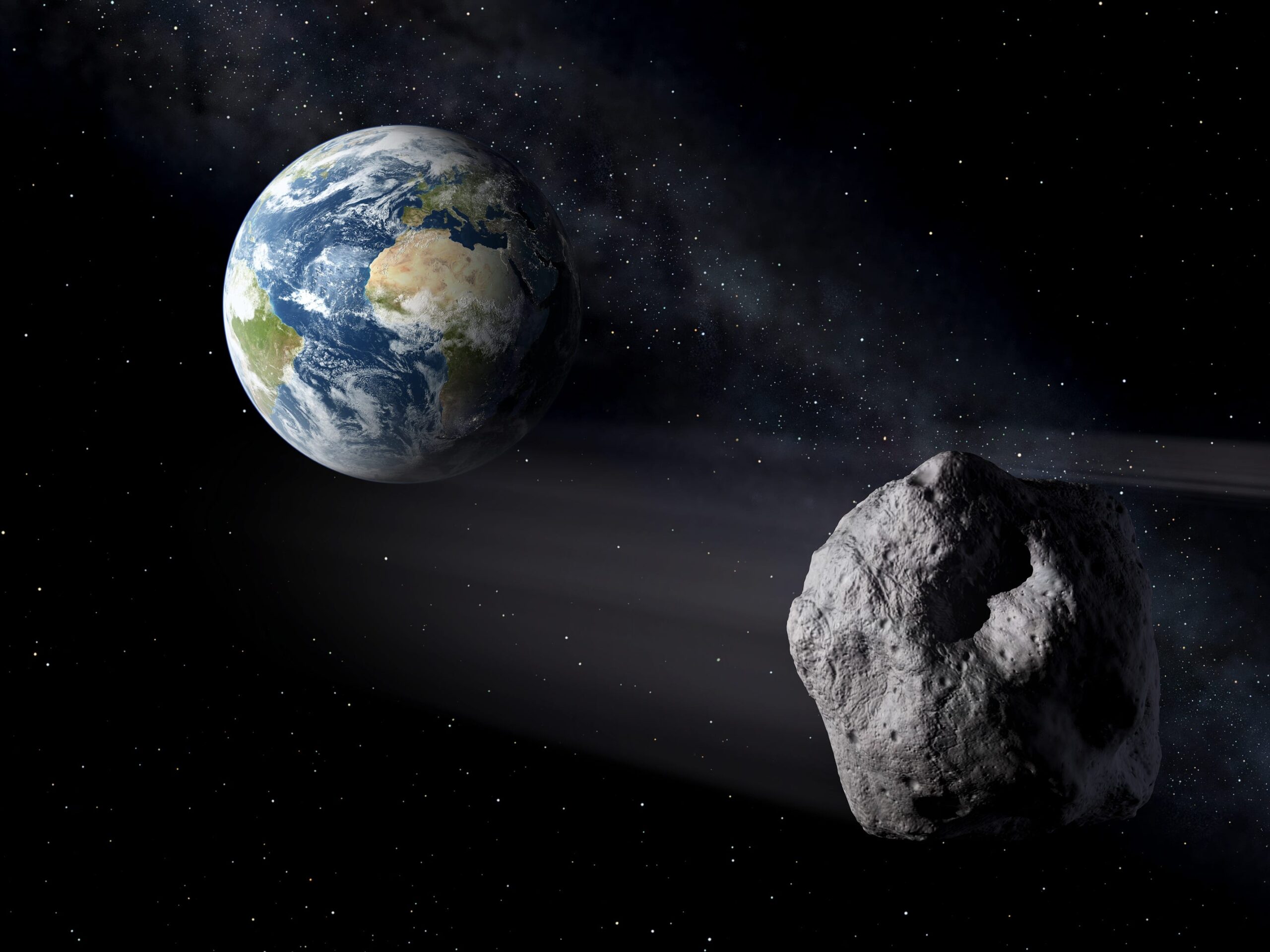The Earth has been accompanied by an asteroid that follows the Earth in its orbit around the sun for more than 2,000 years, astronomers recently discovered.
Scientists spotted the space rock named 2023 FW13 last March with the Pan-STARRS observatory in Hawaii.
At first, the object appeared to revolve around the Earth itself, giving it the status of a ‘moon’. However, the asteroid appears to follow the Earth in its orbit around the sun, the site reports, among other things Sky & Telescope. The asteroid happens to follow roughly the same path at the same speed as Earth.
“On balance, the Earth has no influence on the motion of the asteroid,” Alan Harris of the US Space Science Institute told Sky & Telescope. “The connection to Earth is purely coincidental.”
This has given 2023 FW13 the status of a ‘quasi-moon’, also known as a ‘fake moon’.
Which makes the quasi-moon tracking Earth unique
Foto: Christian Hartmann/Reuters
Usually, a quasi-moon follows Earth’s path for a few weeks, but this asteroid is different. Astronomers have calculated that the quasi-moon has been staying near Earth since about 100 BC.
The existence of the asteroid has been confirmed by various observatories confirmed and now the object has been officially classified by the International Astronomical Union.
The asteroid is about 20 meters long and is located at the point where the orbit of the space rock is closest to our planet, about 15 million kilometers from Earth. That is a lot further than the moon, which is 384,400 kilometers from the earth.
The chance of the asteroid hitting the Earth is therefore extremely small. “The good news is that this asteroid’s orbit doesn’t lead to a trajectory that can just hit Earth,” says Harris.
In 2016, the Pan-STARRS observatory discovered a piece of space rock which may be a fragment of our moon and orbits the earth. But for now, the moon that we can see from Earth is the only one that really matters.
READ ALSO: Astronomers see a taste of the end of the Earth: a star swallowing a planet whole
2023-06-04 07:47:00
#quasimoon #orbiting #sun #Earth #thousand #years #spotted #astronomers


